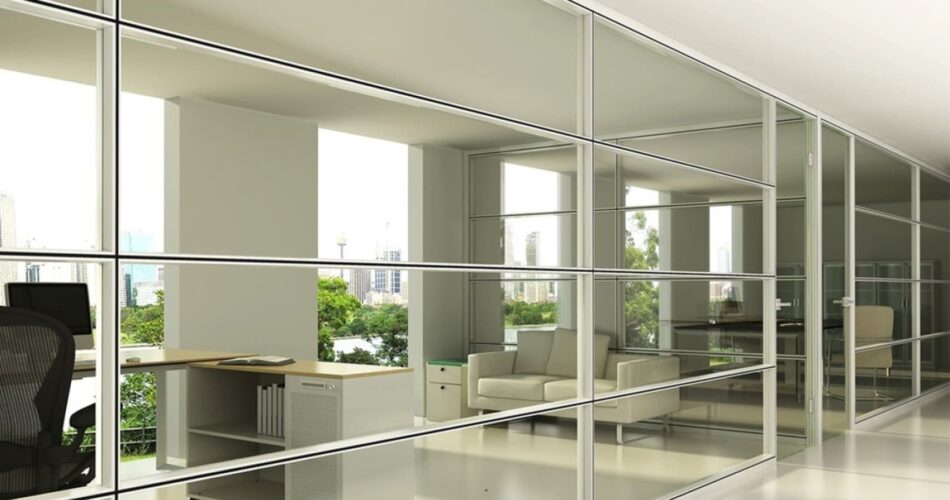In the world of interior design and architecture, the choice between glass partitions and traditional walls is pivotal in shaping the character and functionality of a space. Both have their unique set of advantages and drawbacks, depending on the requirements of the space and the preferences of the user. This article aims to provide a comprehensive comparison between glass partitions and traditional wall solutions.
Aesthetic Appeal and Space Perception
Glass partitions offer a modern, sleek look that can make spaces appear larger and more open. They allow for an abundance of natural light, creating a bright and airy environment. Traditional walls, on the other hand, provide a sense of solidity and privacy. They offer a classic look and are ideal for creating distinct, separate rooms within a space. However, they can make areas feel smaller and more confined.
Flexibility and Adaptability
One of the main advantages of glass partitions is their flexibility. They can be easily installed, removed, or reconfigured, which is ideal for spaces that require frequent layout changes. Traditional walls are more permanent and don’t offer the same level of adaptability. This makes glass partitions a better choice for dynamic environments like offices or multifunctional homes.
Sound Insulation
When it comes to sound insulation, traditional walls generally offer better performance compared to standard glass partitions. They are more effective in blocking noise, making them suitable for environments where sound privacy is crucial. However, advancements in glass technology have led to the development of acoustic glass partitions that provide enhanced soundproofing, closing the gap in this area.
Privacy and Transparency
Traditional walls provide complete visual privacy, which is preferred in settings like bedrooms and bathrooms. Glass partitions, while offering transparency and openness, can be less effective in providing privacy. However, the use of frosted, tinted, or smart glass that becomes opaque can offer a level of privacy while still maintaining the benefits of glass.
Durability and Maintenance
Both glass partitions and traditional walls are durable, but they differ in maintenance requirements. Glass partitions require regular cleaning to maintain their clear and pristine appearance, especially in high-traffic areas. Traditional walls are less maintenance-intensive but may require painting or repairs over time.
Environmental Considerations
Glass partitions can be more environmentally friendly as they allow for natural light to reduce the need for artificial lighting. They can also be made from recyclable materials. Traditional walls, depending on the materials used, can have a higher environmental impact, particularly if they require more energy-intensive materials and construction processes.
Cost Implications
The cost of glass partitions versus traditional walls can vary significantly based on the type of materials and the complexity of the installation. Generally, standard glass partitions can be more cost-effective and quicker to install compared to traditional walls, which may require more labor and materials.
Conclusion
Choosing between glass partitions and traditional walls depends on a variety of factors, including aesthetic preferences, the need for flexibility, sound insulation requirements, privacy considerations, maintenance, environmental impact, and cost. Glass partitions offer modernity, flexibility, and openness, making them suitable for contemporary and dynamic spaces. Traditional walls, however, provide privacy, sound insulation, and a sense of permanence, making them ideal for more traditional layouts. Understanding the specific needs of a space is key to making the right choice between these two solutions.
